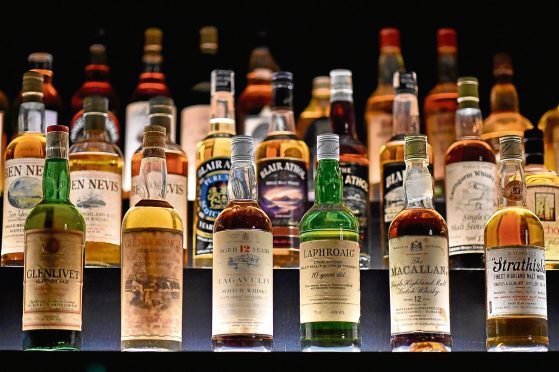Scotland’s national drink is poised to get better protection from fake competitors in New Zealand under a scheme launched by the Wellington government’s intellectual property watchdog.
A listing on the country’s new register of geographical indications (GIs) will help clamp down on products from anywhere else using the description Scotch whisky.
Trade body the Scotch Whisky Association (SWA) says its application for the status was one of the first to appear on the New Zealand Intellectual Property Office website when it went live recently.
According to the SWA, once granted, GI recognition will be “of great commercial value” to the industry and give consumers “confidence in the quality and provenance of what they are buying”.
The organisation added it would be an improvement on the current option of taking action against fake Scotch sellers under New Zealand’s Fair Trading Act, which it said “comes with some uncertainties”.
GIs are used on products from a specific area which have a quality, reputation or other characteristic linked to that location. Requirements for Scotch include that it is only made from the raw materials of water, cereals and yeast and matured in Scotland for at least three years in oak casks.
SWA senior legal counsel Lindesay Low said: “As Scotch whisky continues to grow in popularity, attempts are often made to try to take unfair advantage of its success, for example by trying to make and sell fakes. Recognition as a GI helps protect against such illegal activities. It’s important that consumers have confidence in the provenance of what they are buying, which this recognition of Scotch as a geographical indication will help to achieve.
“We were quick off the mark to file our application to register Scotch whisky as a GI in New Zealand as it offers such great protection to our product. We await the decision of the New Zealand authorities on our early application.”
The SWA is also calling for an early free trade agreement to be forged between the UK and New Zealand following Brexit.
The organisation says that although Scotch already enjoys a zero import tariff there, other benefits would include guaranteed and improved protection of GIs, strengthened whisky definition and removal of import duty equivalent charges.
Mr Low said: “We hope a free trade agreement between New Zealand and the UK will be signed following Brexit to further improve the status of Scotch Whisky in the market.”
Exports of Scotch to New Zealand last year rose almost 18% to £6.3million.










